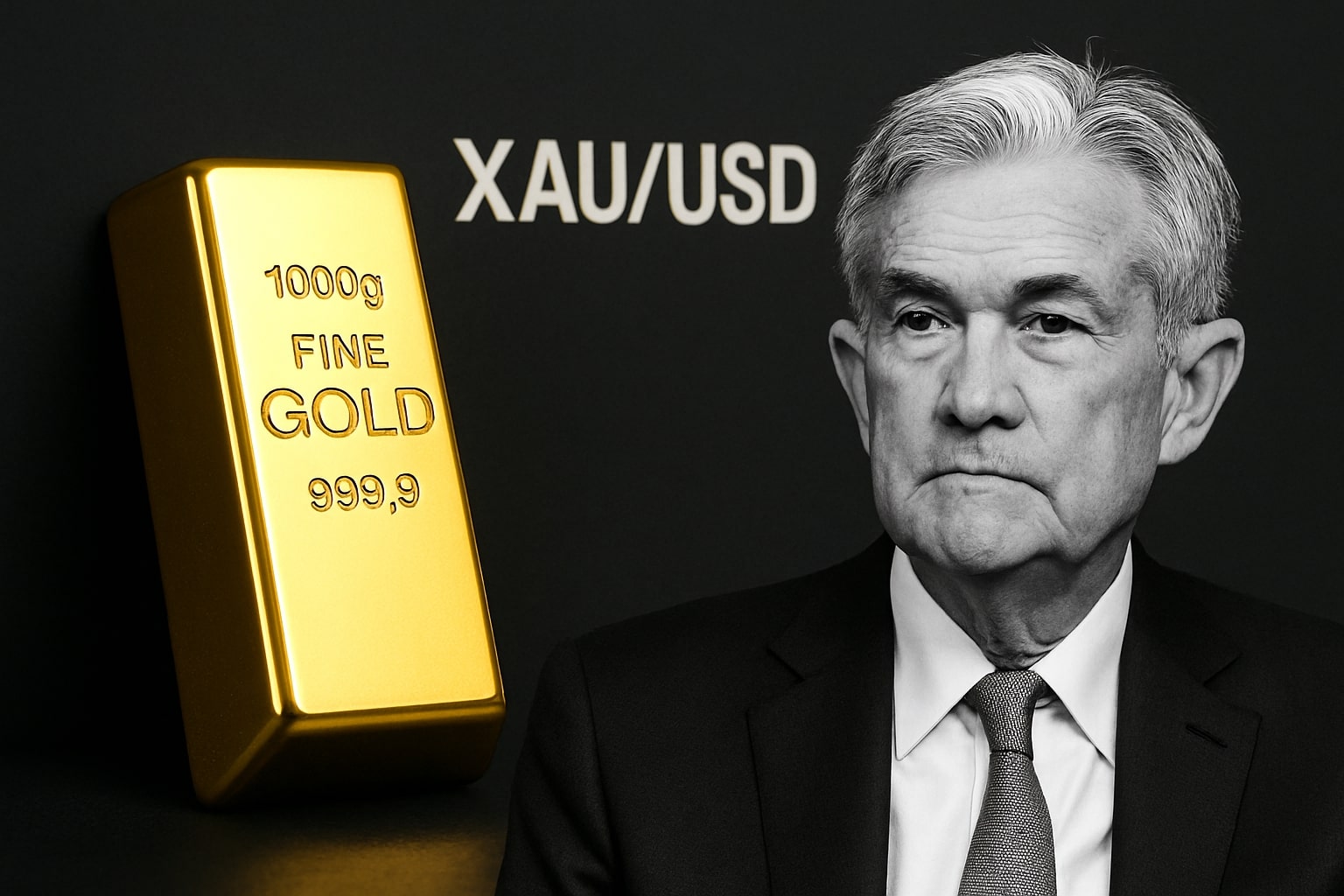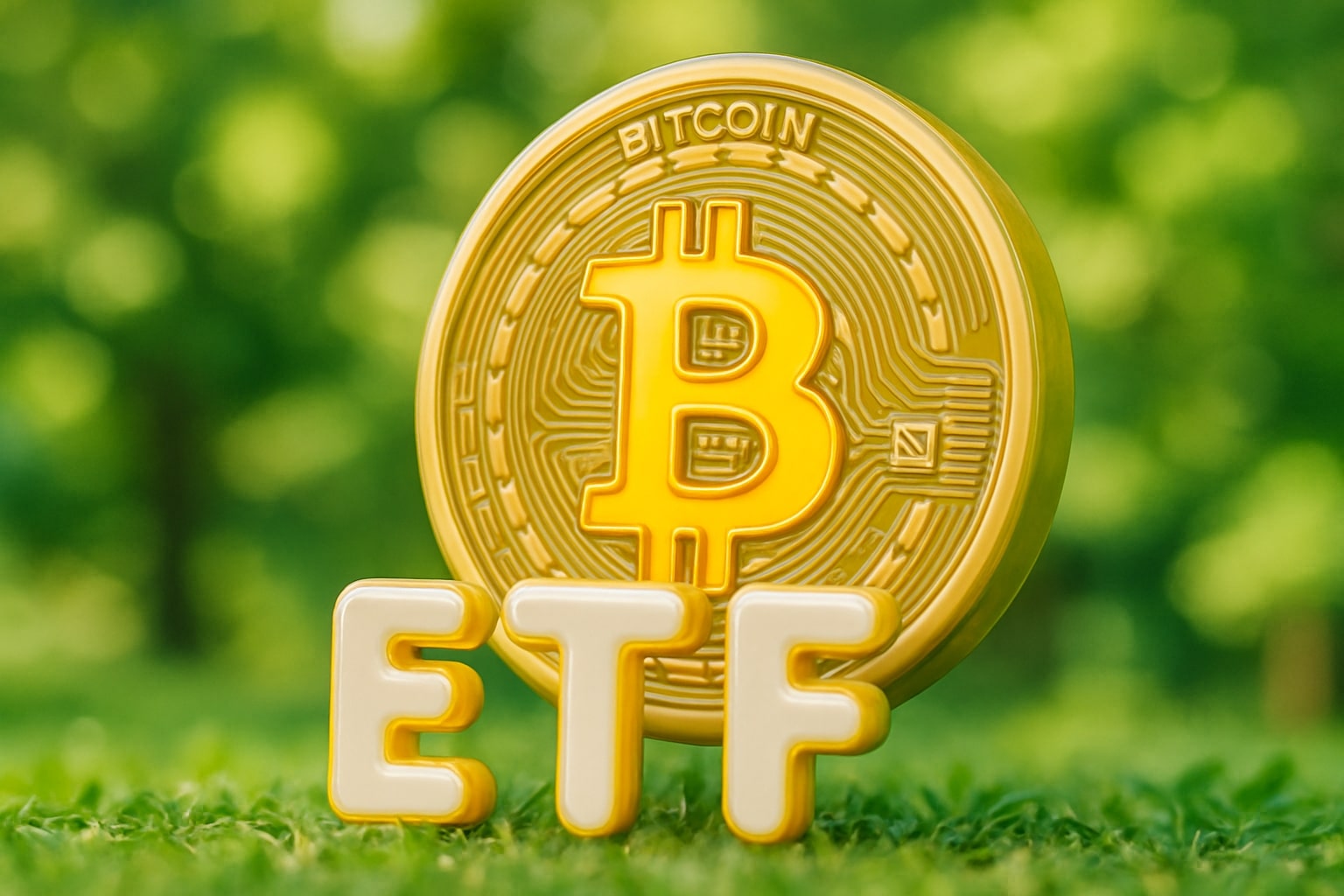
Gold Price Forecast - XAU/USD Retreats From Record $4,381 as Traders Brace for Fed Cut and Rising Stagflation Risk
Spot Gold (XAU/USD) slid to $4,114 after peaking at $4,381.44, ending a nine-week streak as profit-taking hit ahead of a 98% likely Fed rate cut to 3.75%–4.00% | That's TradingNEWS
Gold (XAU/USD) at an Inflection: Record Highs, a Reversal Top, and a Fed Decision That Will Set the Next Leg
From Fixed $20.67 to a Free-Floating $4,381.44 Peak: Why Today’s Move Matters
Gold’s price architecture spans centuries of monetary regime shifts, but the current setup is as binary as any in modern history. The march from the Bretton Woods peg of $35/oz, through the 1971 convertibility break, to January 1980’s $850 spike and the 2011 breakout to $1,920 established the playbook: inflation shocks, currency debasement, and flight-to-quality episodes pull capital into XAU/USD. Fast forward to 2024–2025 and the same structural drivers just printed an all-time high at $4,381.44/oz, followed by a weekly settle at $4,114.12—a −$139.85, −3.29% decline that carved a weekly closing price reversal top. That pattern doesn’t automatically negate the uptrend, but it places the market on watch for a two-to-three week corrective phase unless buyers reassert control quickly.
The Reversal Top, Defined by the Tape: Why $3,846.50 and $3,720.25 Are Now in Play
Price expanded vertically into the record, then failed to hold gains as profit-taking hit precisely when the macro narrative looked most supportive. That failure is textbook for a reversal top: an upside exhaustion high early in the week, then a close below prior support despite bullish catalysts. If sellers press the advantage, XAU/USD opens room toward the first visible retracement pivot at $3,846.50, with a deeper Fibonacci waypoint at $3,720.25 (61.8%). Those aren’t arbitrary lines; they coincide with where late longs would be forced to decide whether to defend or liquidate, and where value-oriented buyers historically probe size.
Macro Catalyst Map: Cooler CPI, a Dovish Fed, and the Market’s Labor-First Read
The latest inflation print—core CPI +0.2% m/m, +3.0% y/y—locked in expectations for another 25 bp ease at the October 28–29 FOMC, taking the target range to 3.75%–4.00% with 98.3% market-implied odds. Crucially, the driver of policy isn’t a hot CPI; it’s labor risk. Payrolls momentum softened, prior months saw an aggregate ~900,000 downward revision, and August missed. Chair Powell’s messaging has shifted toward “insurance” cuts to preserve employment even if inflation lingers near 3%. That stance is historically constructive for gold because it depresses real yields and challenges the dollar’s carry appeal. The paradox is timing: gold pulled back in the same week the cut became a near-certainty, which tells you positioning was crowded and the market demanded fresh catalysts beyond “one more 25.”
Risk-On Rotation and the Cross-Asset Tell: Equities Up, Gold Down, and Why That Can Reverse Fast
Equities set fresh records into the weekend, while XAU/USD backed off its peak. The explanation is not that gold’s secular case cracked; it’s that the marginal liquidity impulse favored beta when tariff rhetoric cooled and risk appetite widened. The S&P 500 (+0.79%) and Nasdaq (+1.15%) extended gains as the 10-year U.S. Treasury hovered near 4.02%, siphoning flows from defensive sleeves. That rotation can unwind on a dime if the Fed under-delivers on dovish guidance, if forward QT language tightens financial conditions, or if the incoming backlog of economic releases (once the shutdown distortions clear) prints risk-off. Keep in view that spot gold still trades above $4,100 after a record, a resilience that indicates strategic demand hasn’t left—tactical profit-taking did.
Stagflation Narrative: Why Gold, Silver, and Stocks Rising Together Isn’t a Contradiction
The tape sent a bizarre signal set this month: gold near records, silver at $54.48 intra-month, and equities also at highs. That triad screams stagflation anxiety more than simple growth optimism. Inflation has re-accelerated from this year’s trough, drifting from 2.3% back to 3.0% y/y, while unemployment ticked up to 4.3%, the highest in four years, and headline job gains were revised sharply. Meanwhile, the national debt has ballooned to $37.6 trillion, and repeated shutdown risks keep fiscal confidence brittle. In that environment, it’s coherent for investors to bid risk for liquidity reasons and bid gold for policy and solvency insurance—until one of those impulses breaks.
Flows, “Insiders,” and Positioning: What the Smart Money Just Did and What ETFs Are Saying
If there’s an “insider transaction” equivalent in bullion, it’s central bank accumulation and ETF inventory behavior. The run to $4,381.44 occurred alongside heavy official-sector buying earlier in the cycle and persistent retail/institutional allocation via physically backed products. Last week’s downswing coincided with ETF outflows—classic profit-taking after a parabolic run—while price-sensitive official buyers are known to fade strength and reload into weakness. That mix is exactly what a reversal top captures: not an exodus, but a handoff from momentum money to balance-sheet buyers at lower prices. Watch whether those ETF outflows stabilize as XAU/USD tests the mid-$3,800s; that’s your confirmation that strong hands are re-engaging
Read More
-
QQQ ETF at $614 After a 123% Surge: AI, Rates and 2026 Targets In One Trade
12.12.2025 · TradingNEWS ArchiveStocks
-
XRP ETF Surge: XRPI $11.71 and XRPR $16.55 Track XRP’s $2 Floor and $1B Inflows
12.12.2025 · TradingNEWS ArchiveCrypto
-
Natural Gas Price Forecast: NG=F Clings to $4.12 Support After Weather Shock
12.12.2025 · TradingNEWS ArchiveCommodities
-
USD/JPY Price Forecast – Dollar to Yen Back at 156 as Fed Cut and BoJ Liftoff Collide
12.12.2025 · TradingNEWS ArchiveForex
Monetary Plumbing: M2, Real Yields, and Why $4,000 Is the New $2,000
Money supply expanded materially through the pandemic era, and although the impulse slowed during the 2022–2023 hiking cycle, the combination of balance-sheet policy and renewed cuts is re-steepening liquidity. With real yields easing from their peaks and the dollar unable to make new cycle highs, the opportunity cost of holding a non-yielding asset is falling again. Translate that into price regime terms: what $2,000 meant for resistance in 2020–2023 is what $4,000 is trying to become now—an area of battle that eventually flips into long-term support if policy remains accommodative. The fact that gold is consolidating above $4,000 after a blow-off attempt argues for regime change rather than a simple round-trip.
Historical Analogue: 1979’s Shakeout Before the Final Spike
The nearest historical rhyme is the October 1979 drop from $444.50 to $365 that shook out weak longs before the sprint to $873 by January 1980. Obviously, today’s macro inputs differ, but the behavioral pattern—vertical extension, violent but contained shakeout, then trend resumption—fits a market where structural buyers dominate the medium term and speculators police the short term. The present reversal top serves the same function: clearing late momentum while leaving the secular thesis intact unless critical support breaks.
Short-Term Map: Levels, Triggers, and the Fed Chair’s Micro-phrases That Will Move XAU/USD
The immediate battleground is $4,112–$4,150. Hold that shelf into the FOMC and XAU/USD keeps a live shot at re-testing $4,250–$4,300 swiftly on a dovish press conference. Lose it decisively, and the market will seek $3,846.50, with spill risk to $3,720.25 if forced liquidation accelerates. The single sentence to parse from Powell: anything that softens the balance-sheet runoff path or amplifies labor-risk asymmetry relative to inflation risk. That’s the green light for duration and for gold. Conversely, a surprise nod to maintaining QT pace or a lean against forward-cut expectations would extend the correction.
Cross-Asset Friction: Bitcoin’s Pop, Gold’s Pause, and Why the Correlation Doesn’t Define the Outcome
Bitcoin’s break above $113,000–$114,000 coincided with gold’s reversal, aided by rate-cut odds near 98% and a rotation out of metals after an eight-week gold surge. Don’t over-fit that correlation. In 2020–2021 both assets rallied in tandem on liquidity, and in mid-2022 both fell as real yields spiked. The current divergence is a positioning story, not a verdict against XAU/USD. Should the Fed’s tone underwhelm risk assets or the backlog of macro data hit growth, the same liquidity that chased crypto and megacaps can snap back into bullion without warning.
What Could Break the Bull, What Could Reignite It
The bear trigger is narrow but real: a hawkish surprise on QT or guidance that convinces the market the cutting path is shallower than priced, combined with continued ETF outflows and a weekly close below $3,846.50. The bull trigger is equally clear: reaffirmed easing path, labor-first mandate emphasis, and stabilization of ETF balances as central-bank and long-horizon buyers add into the mid-$3,800s. In the latter case, a swift reclaim of $4,200–$4,250 would put $4,381.44 back on the tape, and a clean weekly close above that high would open a measured move toward $4,600–$4,750 over the following legs.
Verdict on Gold (XAU/USD): Buy-the-Dip Bias, Accumulate $3,850–$3,900, Reassess Only Below $3,720
The facts argue for bullish with discipline. All-time high at $4,381.44, weekly settle $4,114.12 (−3.29%), reversal top that likely enforces a time/price correction, CPI cool enough to validate the 98.3% cut probability, unemployment drifting up to 4.3%, and debt at $37.6T that anchors a robust structural bid for insurance assets. Tactically, respect the pattern: allow the market to test the $3,846.50–$3,900 demand zone; watch ETF outflows for stabilization; listen for any QT softening. As long as $3,720.25 holds on a weekly closing basis, the secular uptrend remains intact and pullbacks are opportunities, not warnings. My call, stated plainly: Gold (XAU/USD) — Buy / Bullish, accumulate into $3,850–$3,900, add on a dovish FOMC reclaim of $4,200+, and only downgrade to Hold on a weekly close beneath $3,720.



















